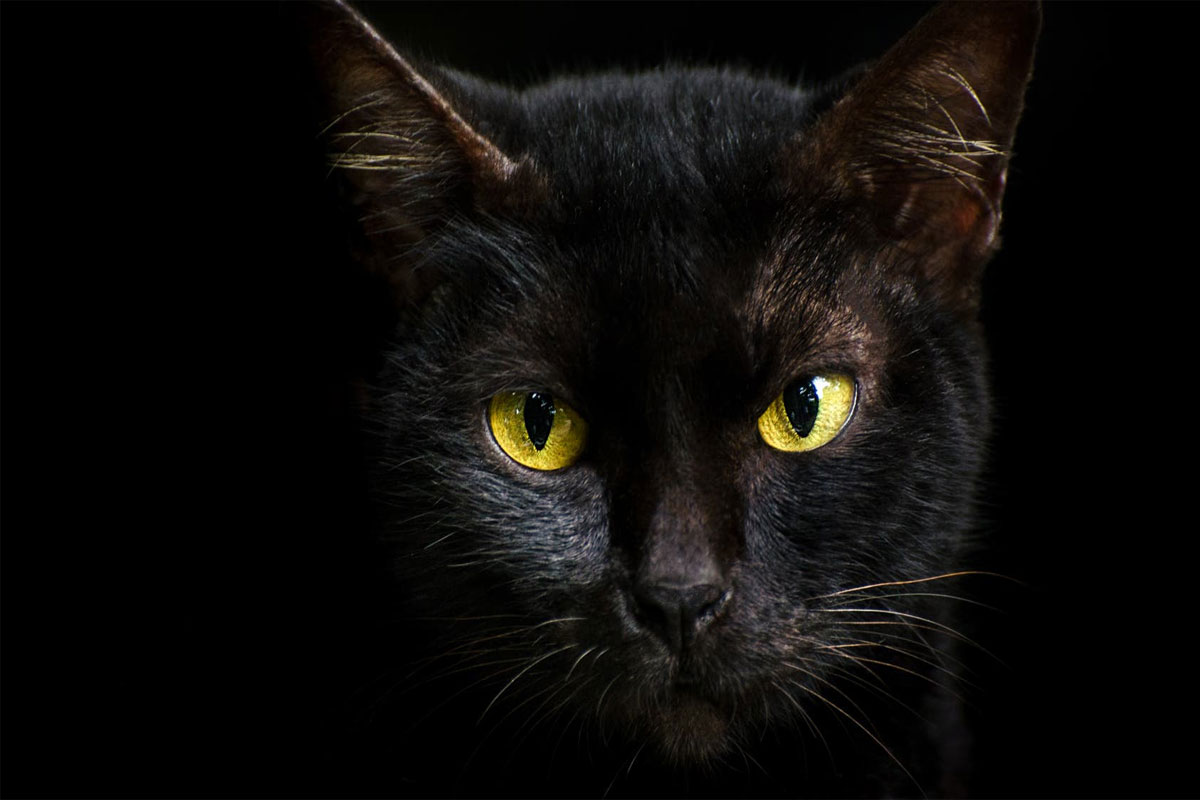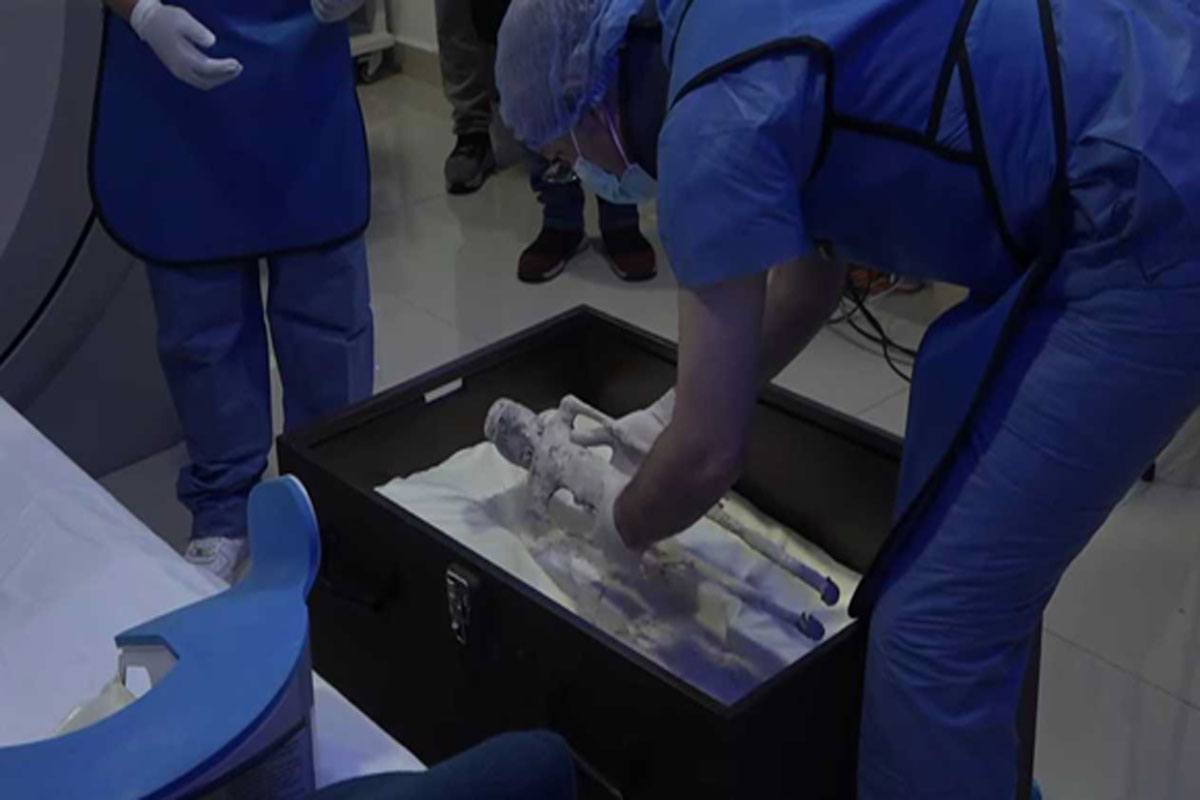
Mysterious Ritual Of Asaro Mud Men From Papua New Guinea Signs Alien Encounter In Past
By Vicky Verma
The lands of Papua New Guinea are inhabited by the “mud men” Asaro, who have a strange tradition. The tribe is more reminiscent of alien creatures than terrestrial ones.
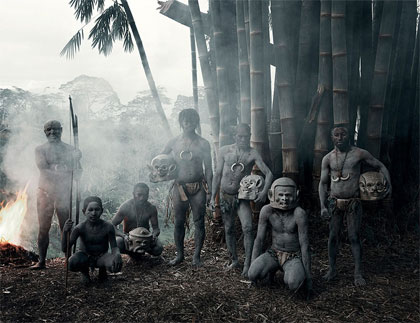 Asaro tribe, also known as the Holosa
Asaro tribe, also known as the Holosa
For about 100 years, the men of that tribe have smeared with white clay, put on alien-faced white masks on their heads and put bamboo claws on their fingers. They used to perform rituals and dance in those strange outfits only within their tribe as they had never left Papua New Guinea’s highlands. But in 2016, four Asaro mud men were invited to visit the Australian Museum for a week as “artists” to perform for tourists and make some income.
Nobody has an idea where such a tradition came from, but there are many hypotheses on it. It is tough for mud men to remember their age, so it is not known for certain when such a ritual appeared.
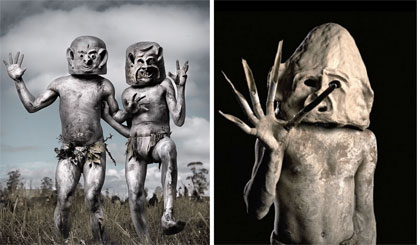 Some masks resemble alien creatures with elongated bamboo fingers
Some masks resemble alien creatures with elongated bamboo fingers
According to one theory, some time ago, Asaro people were hiding from their enemies from another tribe near a riverbank of white clay. The Asaro got covered in clay and mud, and their appearance frightened the opponents, as in the traditions of the tribes, only the ghost can be white. But the legends of the Asaro people still do not explain why this tradition became so important for them, or how they got bamboo claws on their fingers.
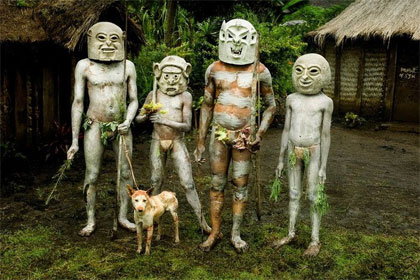 Asaro Mud men: mysterious Papuan tribe
Asaro Mud men: mysterious Papuan tribe
Another version says that once, during a wedding of one Asaro, one man came in a strange costume with a terrible mask and clay on his body. Everyone thought he was a ghost, so they fled.
So, after that, they got an idea to frighten their enemies by putting on such strange costumes.
 An old Asaro mud men
An old Asaro mud men
The representatives of this outlandish tribe annually organize an exciting show in Goroka, a town in Papua New Guinea, where they willingly demonstrate authentic masks to tourists. Most of the masks look terrifying: huge fangs, disproportionate ears, smiles that resemble a grin, tusks, and horns.
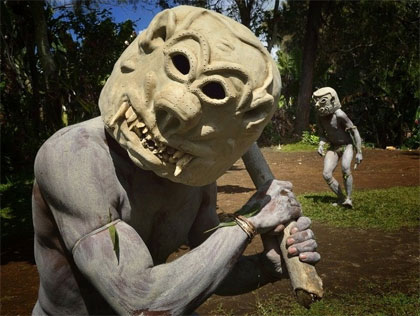 Papua New Guinea’s Asaro tribe believe that in such masks they are like the spirits of their ancestors
Papua New Guinea’s Asaro tribe believe that in such masks they are like the spirits of their ancestors
In addition, the white color in the culture of Asaro mud men is considered to be mourning, which further enhances the likeness of the spirits of death.
One of the Asaro named Jim, who does not know his age, calls himself the oldest man of his tribe. According to his appearance, he seems to be in his 50s. He said that he first wore a clay mask at the 1976 Goroka Show, and it was very frightening for him. However, his father told him that it was an important part of their culture, and therefore he should not be afraid.
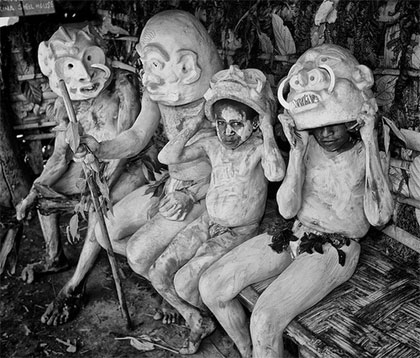 Small Asaro children with masks for ritual
Small Asaro children with masks for ritual
Historians and ethnographers are convinced that the tradition of “mud men” did not emerge earlier than the 1950s, and they do not know what caused it.
Ancient alien theorists suggested that this tradition of the Asaro people is a result of the clash with something much more frightening than a white ghost. With long sharp claws on their hands and the grinning mouths on the masks, they believed that the tribe had encountered aliens with large heads and long fingers (as they are often described by abduction victims).
Meanwhile, the Asaro mud men tribe is harmless, despite its frightening appearance. But the Korowai from southeastern West Papua, who live in trees, have gained fame as cannibals. A meeting with representatives of this tribe can be fatal for a foreigner.
howandwhys.com
References:
• Behind the masks of Papua New Guinea’s Asaro mud men: BBC
• Asaro Mudmen: Wikipedia



















